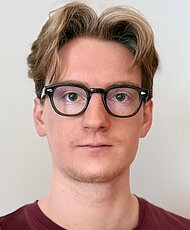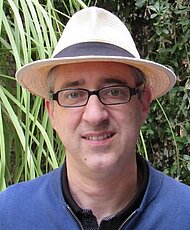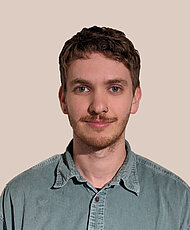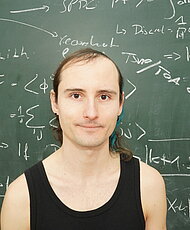No “locally causal” theory agrees with all predictions of quantum mechanics as quantitatively expressed by violation of Bell’s inequalities. Local causality is in agreement with our everyday experience and classical physics. It is compatible with the view that measurement results are predefined prior to and independent of observations, and that they are independent of any action at space-like separations.
In 2001 we derived (and independently Werner and Wolf) a single general Bell inequality that summarizes all possible inequalities for the case in which each observer has a choice between two arbitrary dichotomic observables [1]. This inequality is shown to be tight, i.e. it is a sufficient and necessary condition for the correlation function for N particles to be describable by a locally causal model. We also derive a necessary and sufficient condition for an arbitrary N-qubit mixed state to violate this inequality. Interestingly, we constructed a family of multipartite pure entangled states, which satisfy all Bell’s inequalities with two measurement settings per observer [2].
No efficient method for the derivation of Bell’s inequalities with more than two measurement settings per observer is known. A general way is to define the facets of the correlation polytope. Yet, this is computationally hard NP-problem. In 2004 we derived tight Bell’s inequalities for N>2 observers involving more than two alternative measurement settings [3]. Most importantly, we found that the new inequalities are violated by some classes of states, for which all Bell’s inequalities with two measurement settings per observer are satisfied.
You might find useful our review on Bell’s inequalities and its relation to quantum communication [4], as well as our paper on fundamental implications of Bell’s theorem for the notion of physical reality [5].

[1] M. Zukowski and Č. Brukner, Bell’s Theorem for General N-qubit States, Phys. Rev. Lett. 88, 210401 (2002).
[2] M. Zukowski, Č. Brukner, W. Laskowski and M. Wiesniak, Do All Pure Entangled States Violate Bell’s Inequalities for Correlation Functions?, Phys. Rev. Lett. 88, 210402 (2002).
[3] W. Laskowski, T. Paterek, M. Zukowski and Č. Brukner, Tight Multipartite Bell’s Inequalities Involving Many Measurement Settings, Phys. Rev. Lett. 93, 200401 (2004).
[4] Č. Brukner and M. Zukowski, Bell’s Inequalities: Foundations and Quantum Communication, in “Handbook of Natural Computing”, Editors: G. Rozenberg, T.H.W. Baeck, J.N. Kok (Springer, 2011). Preprint at arXiv:0909.2611.
[5] M. Zukowski, Č. Brukner, Quantum non-locality - it ain’t necessarily so ..., Special issue on 50 years of Bell's theorem, J. Phys. A: Math. Theor. 47, 424009 (2014). Preprint at arXiv:1501.04618.
Brukner Group

Caslav Brukner
Stellv. InstitutsdirektorGruppenleiter+43 (1) 4277 - 72582

Veronika Baumann
Postdoktorandin

Carlo Cepollaro
Doktorand (Univie)

Linqing Chen
Postdoktorandin

Nathan Cohen
Doktorand (Univie)

Anne-Catherine De la Hamette
Doktorandin (Univie)

Benjamin Kesetovic
Masterstudent

Robert Oeckl
Visiting Senior Scientist

Stefano Osnaghi
Postdoktorand (Univie)

Robin Simmons
Doktorand (Univie)

Antoine Soulas-Debraine
Postdoktorand (Univie)